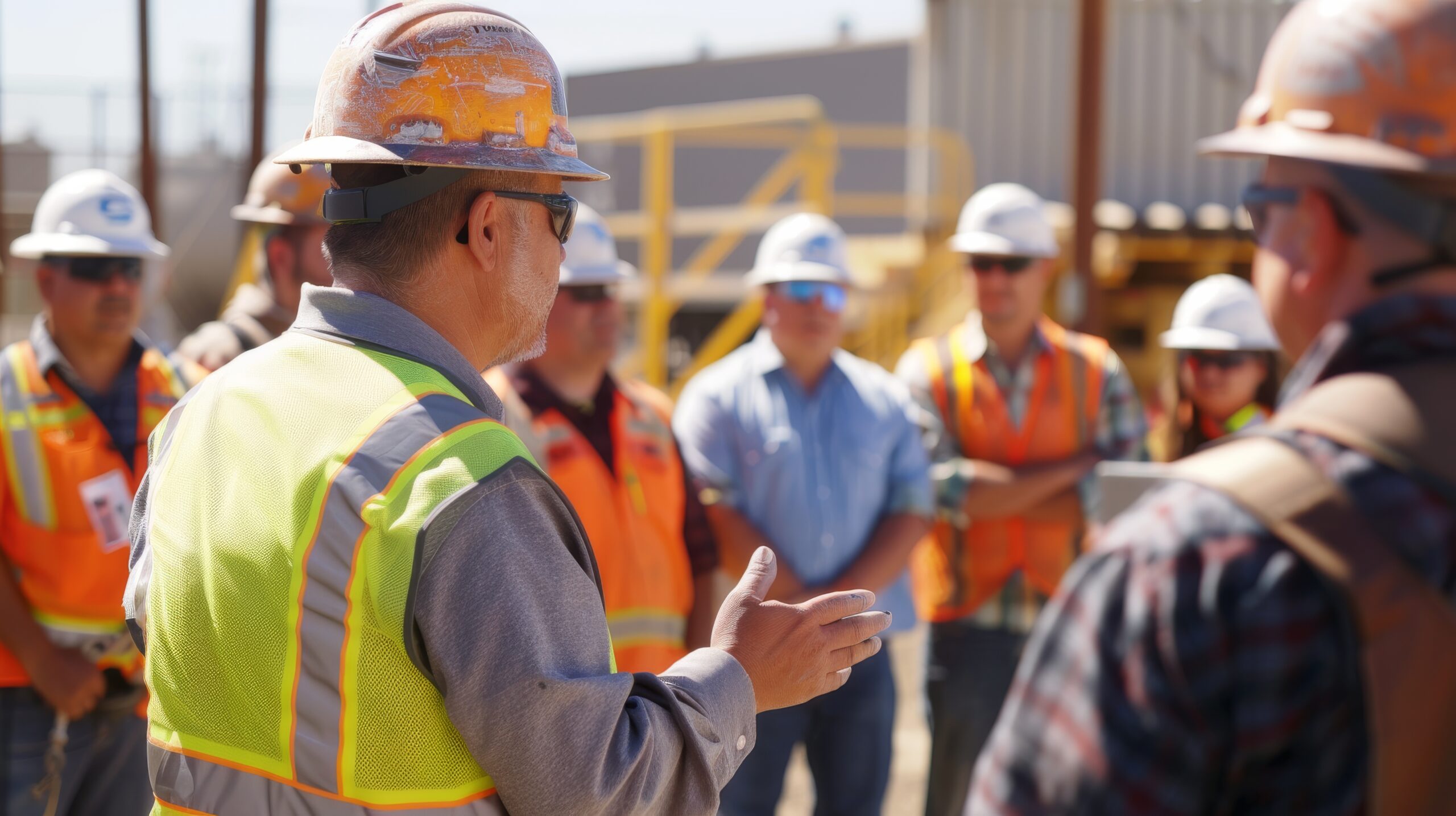
Collaboration is a central theme underlying Zurel’s approach to jobsite safety. Our belief is that safety is not a zero-sum game. Working together to ensure safety is in the interest of every stakeholder, from jobsite owners to the crew members who are in the field.
A recent article, Worker Safety Needs to be Central to Your Company’s Operation (HBR) underscores an important point about collaboration. It recounts the story of how a collaborative alliance significantly reduced injuries and fatalities among construction workers in the electrical transmission and distribution sector. Although the article is specific to one industry, it offers exemplary methods for enhancing worker safety, ensuring the well-being of employees and making businesses across the entire construction industry more prosperous.
Two decades ago, the electrical transmission and distribution construction sector faced significant challenges in reducing injuries and fatalities from workplace hazards. The industry’s safety issues were widespread: in 2003, out of roughly 22,000 electrical construction workers, 15 fatalities occurred, and nearly 6% of the workforce suffered injuries. In 2002, a company even faced potential criminal charges due to alleged deliberate violations of OSHA rules after two electrical line workers tragically lost their lives. Consequently, OSHA prioritized the enforcement of safety regulations in this industry.
Recognizing the need for radical change, industry leaders proposed they join forces and work together to improve the safety performance of all of the firms in the industry. They even asked OSHA, the industry’s labor union, and trade associations to join forces. In 2004, they collaboratively launched Electrical Transmission and Distribution (ET&D), a strategic partnership with an exclusive focus on enhancing safety.
According to OSHA, the industry has shown marked improvement. Before the initiation of a partnership program, the average fatality rate stood at more than 40 deaths per 100,000 workers annually. However, this rate dramatically decreased, averaging fewer than four deaths per year from 2018 to 2022. Serious injuries were also significantly reduced, remaining only a small percentage of their previous levels before the program’s inception.
Initially, ET&D focused three aspects of collaboration: data analysis, best practices, and training.
Data can be a valuable source of insight. Sharing data among a large number of organizations makes the data more robust and reliable, allowing managers to extract statistically meaningful information. In the case of ET&D, injury data from various firms was collected, anonymized, and assessed, setting the foundation for continuous improvement. It also allowed each firm to benchmark their performance with that of the other forms.
Another aspect of the collaboration was the adoption of the best practices from one another. Specialists examined injuries over the previous five years, identifying primary factors that could be mitigated or eliminated using proven best practices. Mistakes offer valuable learning opportunities, but organizations often fail to capitalize on them. However, in this case, the participating organizations not only gained valuable insights from their own mistakes but also those of their collaborators. Collaboration also helps reduce cognitive biases that hinder our ability to learn from our mistakes..
A third benefit of the collaboration was their partnership on training. Collaboration on training helps reinforce the best practices the team developed jointly, and also allows them to share the best training material across the member associations. On their own, not every member has access to the best training material, nor are they aware of the most effective training methods. By collaborating on safety training, the participating organization can leverage the best available resources or the methods available.
This collaborative method can also make such training more effective because of the strong signal it sends throughout the organization about the importance of the instruction. When a trade partner crew has to participate in training organized jointly by the trade partner and the prime contractor, the crew member takes the training more seriously.
Yet another method the partnership used to improve safety was to bring together the top leaders of the participating organizations. This type of collaboration has several benefits: (1) It reinforces commitment to safety at the highest organizational levels; (2) It facilitates the sharing of challenges and solutions throughout the organization; and (3) Regular meetings between top executives to discuss safety not only legitimizes the collaboration but also sends a strong message about the importance of safety.
The power of collaboration in improving worker safety within the construction industry cannot be understated and the ET&D partnership demonstrates how a strategic partnership among stakeholders can lead to significant reductions in fatalities and injuries. The involvement of top leaders from participating organizations further emphasized the commitment to safety at all levels. This case study serves as a model for the construction industry, illustrating how collaborative initiatives can create a safer and more prosperous working environment.
